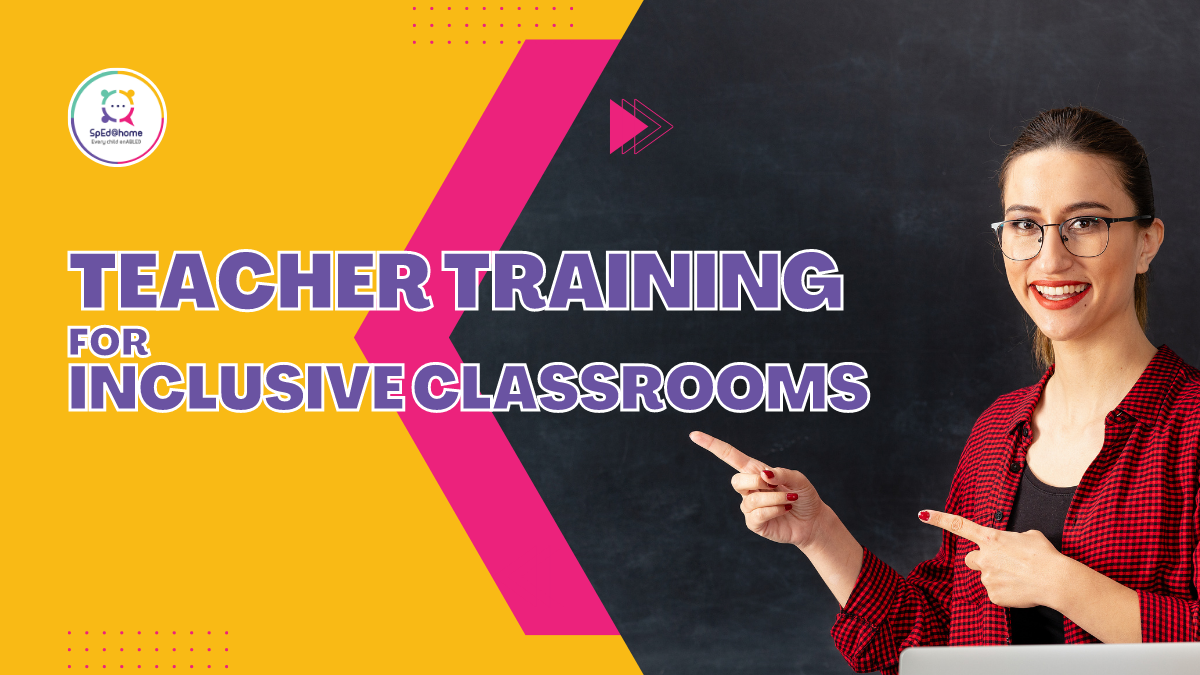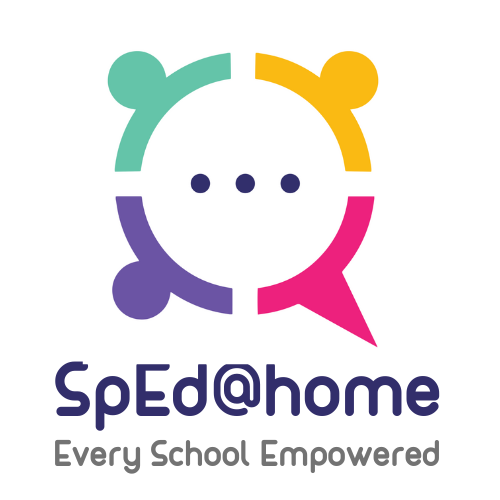Education is an individual’s fundamental civil right.
Education that is inclusive for all has several advantages for students who come diverse backgrounds. However, this concept is idealistic unless teachers consider and practice inclusivity in classrooms.
Students from such a diverse learning spectrum of learning and developmental abilities can be tough to handle in the same classroom. Teachers have experienced that teaching the same material in the stipulated time can be quite difficult.
Explore our teacher training programs
Read on to know the challenges of a teacher in inclusive classrooms.
Training: Including special needs children in traditional classrooms demands that teachers re-evaluate their teaching methods. It has become increasingly important to have a diverse lesson plan that keeps all students in mind. However, most teachers do not have the experience and understanding of how to cater to students with special needs in a classroom. Regular support through teacher training workshops and courses can help manage this issue.
Curriculum extension: Inclusive classrooms should accommodate the needs of all students and include activities that help development of kids from across the learning spectrum. Mandatory subjects can be difficult for children with special needs and trying to make everyone engage with every activity can be quite taxing for teachers.
Modification of lesson plans: When students with learning disabilities are in the same classroom as other kids, it is important to design a lesson plan that isn’t – one fits all. Often, students with ADHD show disruptive tendencies and have trouble keeping up with their peers. Designing suitable lesson plans while maintaining classroom decorum can be quite a challenge for teachers.
Even though inclusive classrooms are the new normal, it is not without challenges. To equip teachers with the resources needed to teach inclusive classrooms, educational institutions and educators should include training programs and workshops in teacher training courses.












